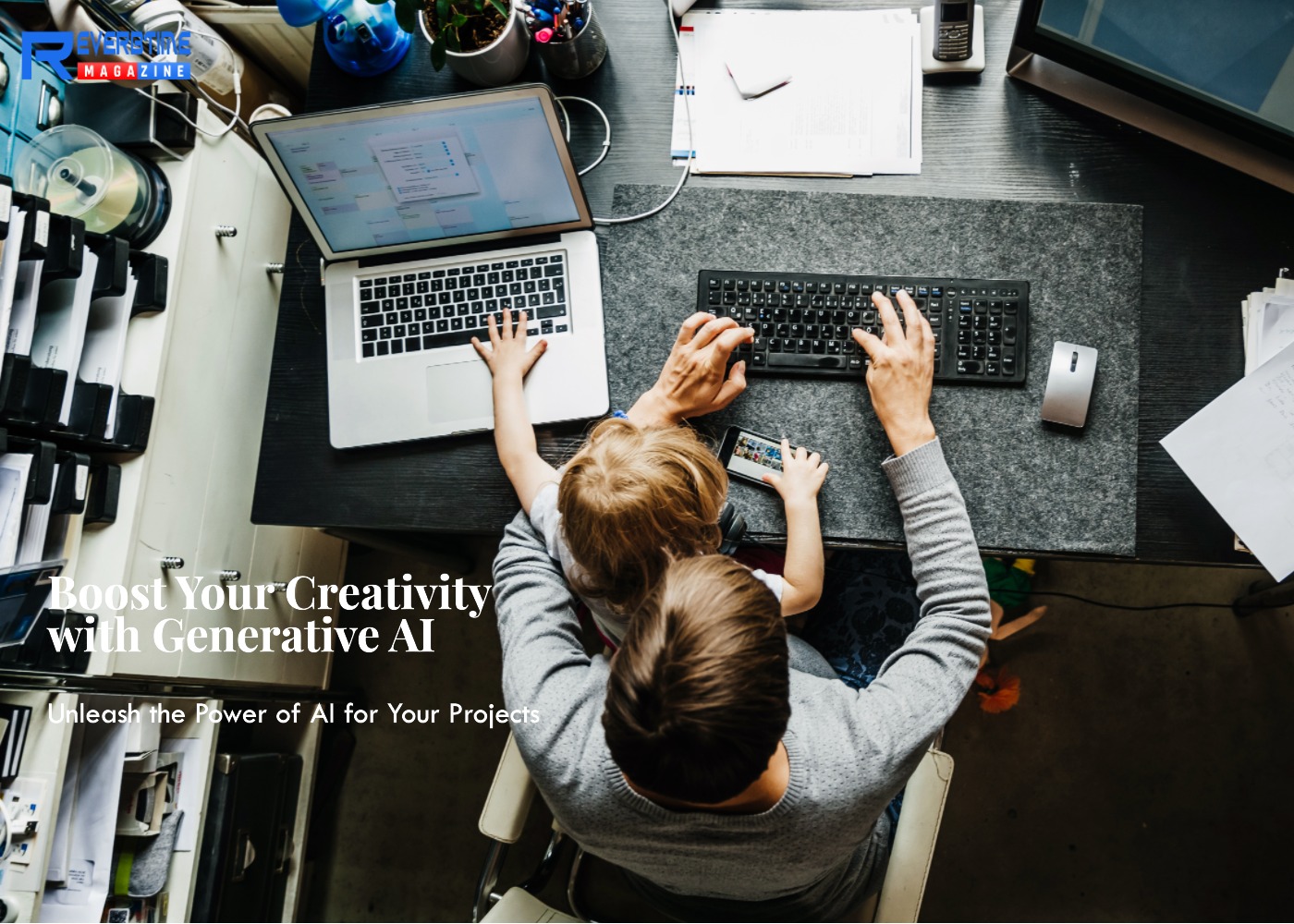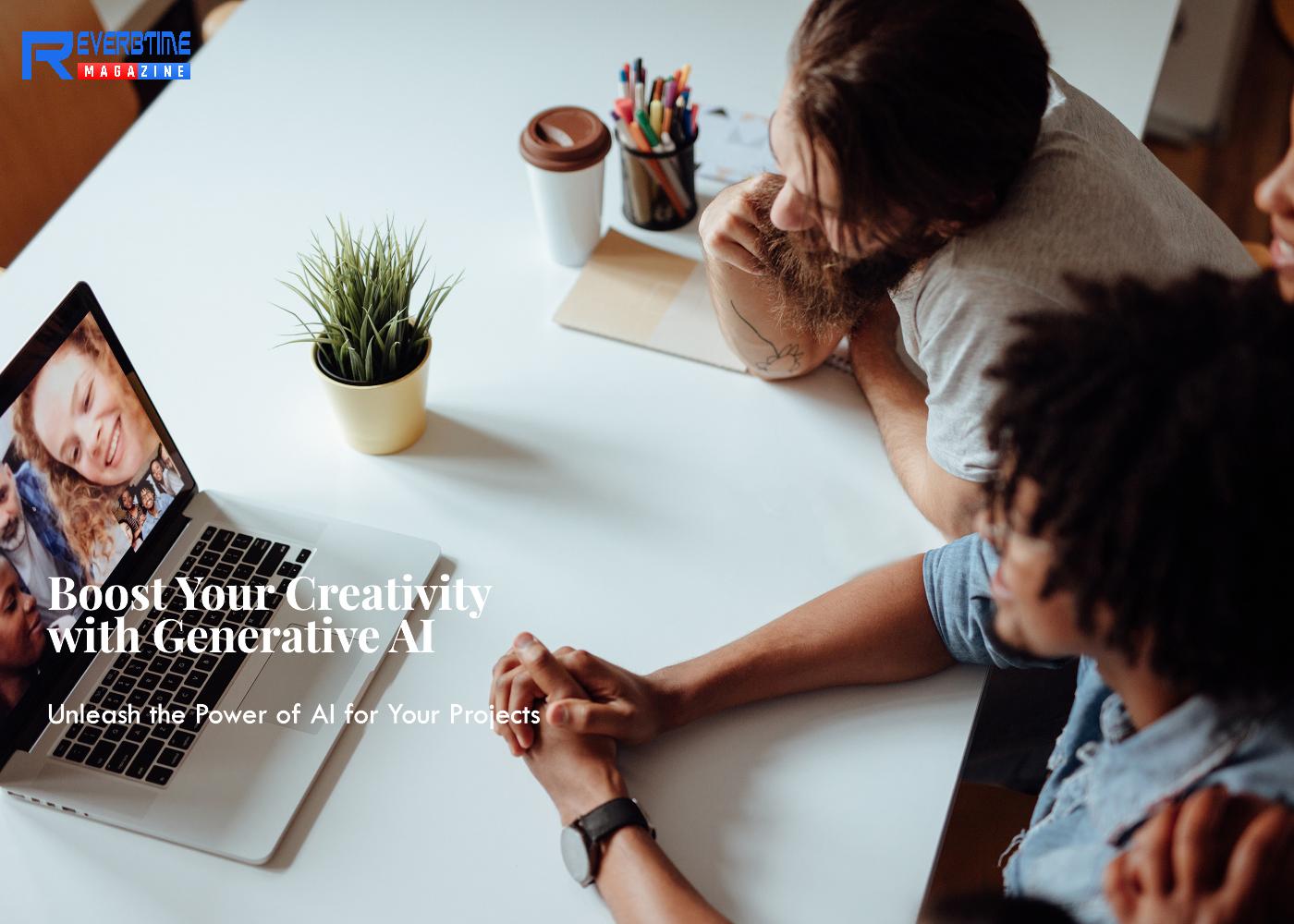Innovation or being creative has always been regarded as the
preserve of the human mind but this has shifted with the incorporation of the
generative AI. From creating impressive pixel art to writing captivating
creative pieces, generative AI tools are proving to reshape how people create
things. As an artist, designer, writer, or musician, it is worth understanding
how AI might complement your practice, challenge you to think differently and
make your processes more efficient.
Machine-generated creation, also known as generative AI is a
category of artificial intelligence that is used in the creation of new material
including graphics, text, music, or designs. Such systems use various
state-of-the-art machine learning models such as GANs and transformers to
produce content indistinguishable from human creations. The generative AI
sector was estimated to be around $10 billion in the year 2023 and is expected
to have a CAGR of 34.6% through 2030 (Grand View Research). This sort of growth
indicates the versatility of the technology in various fields.
This blog post looks at how AI creativity tools such as
DALL-E, ChatGPT, Runway, and AIVA are enabling content creators and discusses
how and when you should be using generative AI in your work.
1. Generative AI for Artists
Through the use of AI art tools, especially neural style
transfer, visual artists are now capable of producing different styles or
methods of art-making that were once very difficult and time-consuming to
perform. Services such as DALL-E and DeepArt rely on neural networks to develop
paintings illustration and concept art from texts and images.
For example, an artist developing a comic book can utilize
generative AI to design characters or generate breathtaking backgrounds much
faster than manually creating them. Last year in 2022, Adobe incorporated
artificial intelligence in the Photoshop software where users can now get
complex effects done through one click. A survey conducted by Wyzowl revealed
more than 68% of creative workers admitted to boosting UAE usage in their line
of work.

2. Generative AI for Writers
Any writer knows the struggles of staring at a blank page,
well not anymore thanks to ChatGPT, Jasper, and Writesonic. These systems are
capable of creating interesting text with the use of blog articles, marketing
manuscripts, poetry, screenplays and the like. These tools can reproduce
different writing styles, attitudes or even formats based on rather large
datasets being fed into them.
For instance, content marketers can be able to use AI to
write interesting articles that also influence SEO. Indeed, according to the
HubSpot survey published in 2023, 58% of marketers claim that AI tools enable
them to produce better and more significant content more quickly. In the same
way, novelists can try out AI-furnished story plots or dialogue which guides
the imaginative process and amplifies the speed of creation.
Other than outlining, AI can also help in writing copying and pasting from word to document. Intelligent writing assistants,
Grammarly and ProWritingAid use NLP to let writers refine their work, for
increased clarity and correct grammar. These tools allow creators to reinvest
the time they have on other, more refined, aspects of the creation of
narratives.
3. Generative AI for Musicians
It is very comprehensible that writing a unique music track
needs broad comprehension of composition, harmonies and instruments. Thanks to
the new AI software for music composition like AIVA, Amper Music, and Jukebox
from OpenAI, composers are learning the ways they have to work to explore
genres, styles, and arrangements.
For instance, the filmmaker will be able to hire a spree bot
that creates a soundtrack specific to the film’s tone and rhythm. Similarly, in
a 2023 survey of independent musicians and bands, it was found that about 70%
of them use artificial intelligence for tasks such as mixing, mastering, or
generating first ideas for a track (MusicRatar).
Generative AI also has an advocacy for artists and artists
and machine interaction. Some of the things that producers can use AI for are
to understand current music trends, find out the most used programming in top
songs, or even sample a song. This twin relationship affords innovation as
artists have to be proactive to capture such partnerships and guarantees that
artists are never obsolete.
4. Generative AI for Designers
AI design tools incorporated in the designer’s design
toolkit include Canva, Runway, and Figma, from where designers obtain cached
concepts and save time by avoiding repetitive tasks. Always, these tools are
used to enable designers to create logos, layouts, 3D models and more, much
faster.
For instance, AI can help an interior designer visualize the
appearance or the design of the rooms or help develop a furniture layout
depending on the client’s preferences. In product design, for instance,
artificial intelligence can create models, thus negating the time and capital
required to create models.
Adobe’s 2022 State of Creativity research found that more
than three-quarters of designers who applied AI tools mentioned improved
performance and creativity. The use of generative algorithms can, in turn, let
workers extend the limits and involve options that were not possible or would
have taken too long to do by hand.

The Benefits of Generative AI in Creative Projects
1. Enhanced Productivity: AI is a helper that saves time
otherwise spent on routine and tediously doing complicated operations so that
creative heads can concentrate on their ideas.
2. Inspiration and Experimentation: In as much as AI
provides ideas or drafts, the results show that it is a creative partner,
pointing out productive angles to projects.
3. Accessibility: AI tools are removing creative barriers
making it open for anyone with little design skills to bring inventions out.
4. Cost-Effectiveness: Some of the areas where AI may be
employed in creating or replicating materials that can help businesses reduce
manufacturing costs include use in prototyping, testing, or even production of
business deliverables.
Challenges of Generative AI
Despite its potential, generative AI faces several
challenges:
1. Ethical Concerns: Why was the ownership of AI-generated
content a problem? A key question about AI is what happens when AI imitates a
copyrighted style? These questions are ridden with significance.
2. Bias in AI Models: One of the prominent problems with AI
systems, those based on big data and machine learning algorithms is fairness –
the problem of biases reflected in training data.
3. Over-Reliance: Over-reliance on AI may lead to a situation
where real human originality is replaced with copy-and-paste work.
Solving these issues will pave the way to achieving the
dream that is to see AI as an instrument that enriches creativity and not one
that displaces it.
Conclusion
AI is not merely a simple technology; It is an artistic
collaborator and has revolutionized the way artists practice. In each field
ranging from AI art, AI music, AI writing, and AI design there are endless
opportunities and potentialities. It’s transportation technologies that allow
creators to break barriers, gain more time and traverse new territory.
But as we integrate AI into business, it is crucial to learn
how to share the platform, so that creativity is always man-made. When applied
to creative needs in the right way, generative AI can open numerous great
opportunities for artists, designers, writers and musicians, something that can
help them change the future of arts.
That is why generative AI is now exploring its opportunities
in the creative process and will only open more opportunities in creative
industries in the future. That means using it, exploring it, always being
curious about it, being aware of its potential, and always being concerned with
the good that could be made or the harm that could ensue when people are
unaware, unhealthy or uninterested in responsibility.


